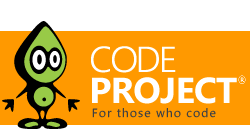XSS
XSS
Great Reads
by
Cross-Site Scripting (XSS) is one of the most prevalent security vulnerabilities in web applications.
by
This article discusses Cross Site Scripting (XSS),
by
Cross site scripting and the way that it can creep into our programs and what different cross site scripting input strings look like
Latest Articles
by
Cross-Site Scripting (XSS) is one of the most prevalent security vulnerabilities in web applications.
by
This article discusses Cross Site Scripting (XSS),
by
Cross site scripting and the way that it can creep into our programs and what different cross site scripting input strings look like

